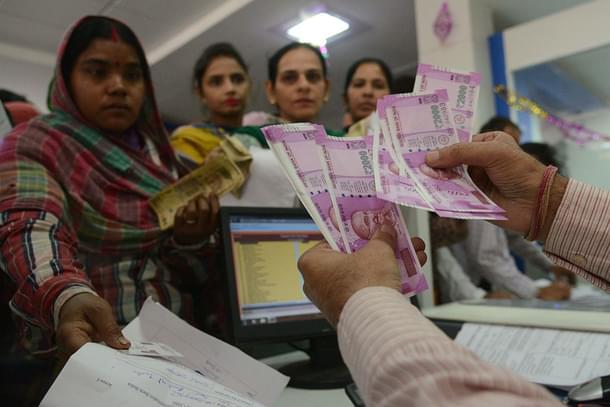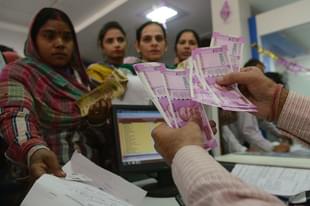Insta
Facts Don’t Confirm Their Bias, DeMo Critics Cry Wolf. Former CEA Explains Why They Are Wrong
Swarajya Staff
Mar 01, 2017, 04:01 PM | Updated 04:01 PM IST
Save & read from anywhere!
Bookmark stories for easy access on any device or the Swarajya app.


The demonetisation cassandras who had predicted dramatic drops in gross domestic product (GDP) growth, ranging from more than three per cent to one per cent, have been proven wrong. The third quarter (October-December) growth numbers have come as a shock to many.
The figures show a gross value added (GVA) growth number of 6.6 per cent, just 0.1 per cent below what was achieved in the previous quarter (Q2). And GDP growth (which is GVP plus taxes minus subsidies) was at 7 per cent, a 0.4 per cent drop from the second quarter’s 7.4 per cent, but still a respectable number given the dire forecasts given for the economy.
Many have questioned private consumption number which according to them should’ve shown a decline given that people faced cash crunch and therefore must have spent less. However, private consumption has gone up considerably, by 10 per cent.
Arvind Virmani, former Chief Economic Adviser in the Manmohan Singh government, in a facebook post today defended these numbers. He gives five reasons behind the boost in private consumption:
First, Virmani writes that sales which had happened during April to October but had not been declared, have now been brought to books.
Second, he says that artificial sales receipts may been created to show accumulated cash as earned income to be able to safely deposit in bank.
Third, during demonetisation, as expected, a temporary shift of consumer demand from unorganized to organized (taxed) sector seems to have taken place.
Fourth, not just in demand but a temporary shift in production from cash strapped unorganized sector to organized/tax paying sector operating on cheque and formal credit seems to have happened.
Fifth reason Virmani gives is the base effect that may also have played some part as the growth in the third quarter was low in 2015-16.





